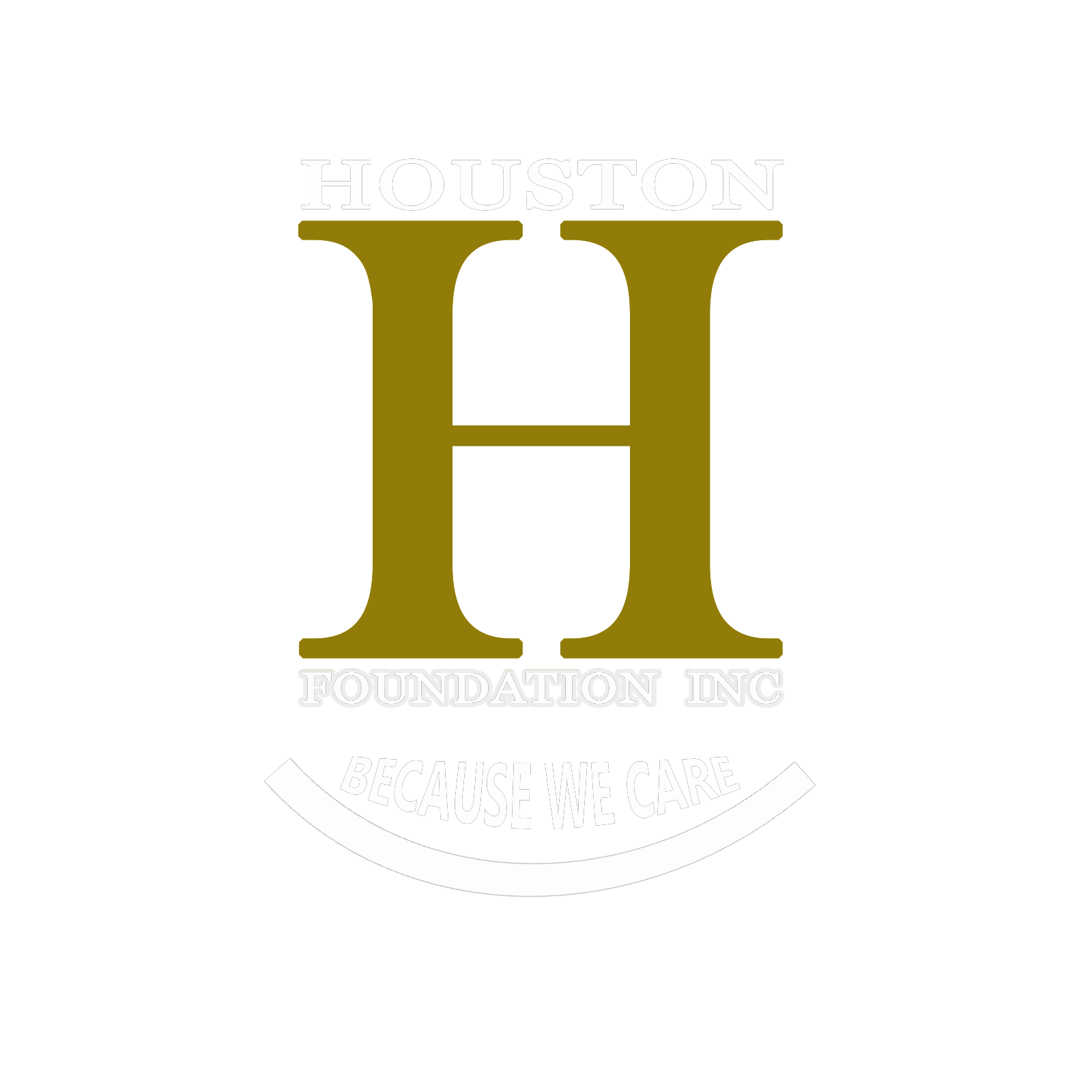Human trafficking victims have been identified in cities, suburbs, and rural areas in all 50 states. There is no standard profile of a child trafficking victim. Several risk factors make certain children more susceptible. Researchers found that human traffickers often target children with a history of sexual abuse, low self-esteem, and maltreatment. Children who have recently migrated or relocated are at a larger risk. It’s important to remember that even if this isn’t happening, it does not mean someone is not being trafficked. There are no two cases that are precisely alike.
High-Risk Factors for Human Trafficking
- History of physical or sexual abuse
- Mental health issues or disorders
- Academically off-track
- Poor self-esteem
- Has run away from home more than once
- Family rejection related to identifying as LGBTQ
- Lives in a shelter or group home
- Uses drugs or is involved with romantic partners who do
- Family members who have bought sex or been trafficked
- Parents who abuse drugs
- Lives in an area with a large influx of cash-rich workers or tourists
- History of arrests for juvenile status offenses, such as truancy or underage possession of alcohol
- Current or past involvement in the child welfare system
- History of running from out-of-home care
- Lack of social support
- Poverty
- Learning disabilities or developmental delay
- High number of adverse childhood experiences
- Family dysfunction or instability
- Current runaway or homeless status
- Involved with or targeted by gangs
The International Labor Organization estimates that there are 40.3 million victims of human trafficking globally. As defined by U.S. law, victims of human trafficking are divided into three populations:
- Children under the age of 18 induced into commercial sex
- Adults (age 18 or over) induced into commercial sex through force, fraud, or coercion
- Children and adults induced to perform labor or services through force, fraud, or coercion
There is no single profile for trafficking victims. Trafficking occurs to adults and minors in rural, suburban, or urban communities across the country. Victims of human trafficking have diverse socio-economic backgrounds, varied levels of education, and may or may not be documented. While human trafficking spans all demographics, there are some circumstances or that lead to a higher susceptibility to victimization and human trafficking.

Homeless Youth & Human Trafficking
Runaway and homeless youth are vulnerable to trafficking. A study in Chicago found that 56 percent of prostituted women were initially runaway youth and similar numbers have been identified for male populations. Runaway and homeless youth lack a strong support system. Runaway youth are often approached by traffickers at transportation hubs, shelters, or other public spaces. These traffickers pretend to be a boyfriend or significant other, using fake affection and manipulation to reel the victims in.
Individuals who have experienced violence and trauma in the past are more at risk of future exploitation. The psychological impact of trauma is often long-lasting and difficult to overcome.
What You Can Do About Human Trafficking
The Houston Foundation Inc. will partner with organizations currently fighting the war against Human Trafficking in Philadelphia to help change the tide. Our Resource Center will require financial support to bring these victims home. The Center will provide the necessary services and support victims so desperately need. Your financial support is essential to this endeavor. Would you consider partnering with us in this endeavor? Because People Like Us Do Things Like This Because We Care.




